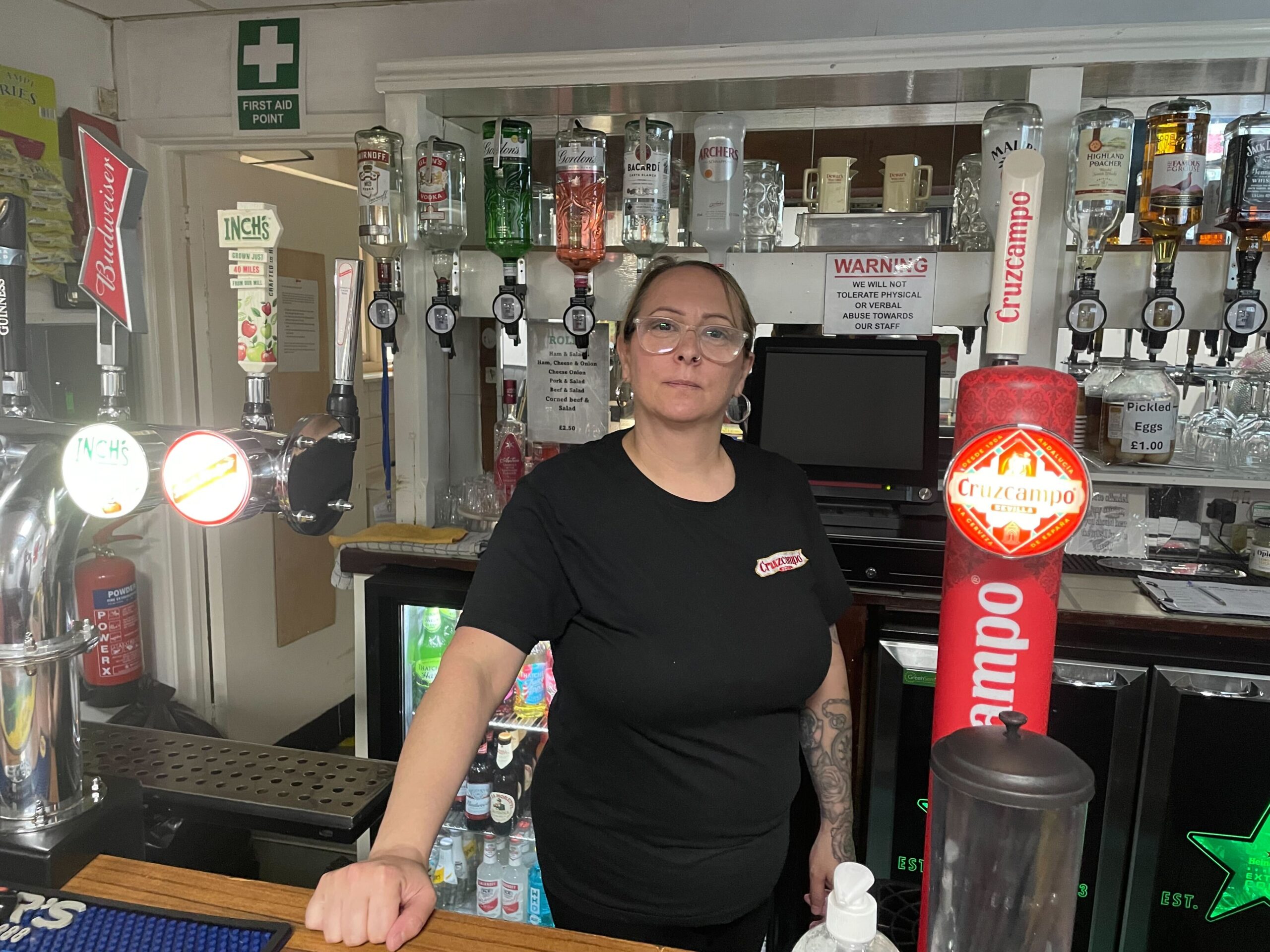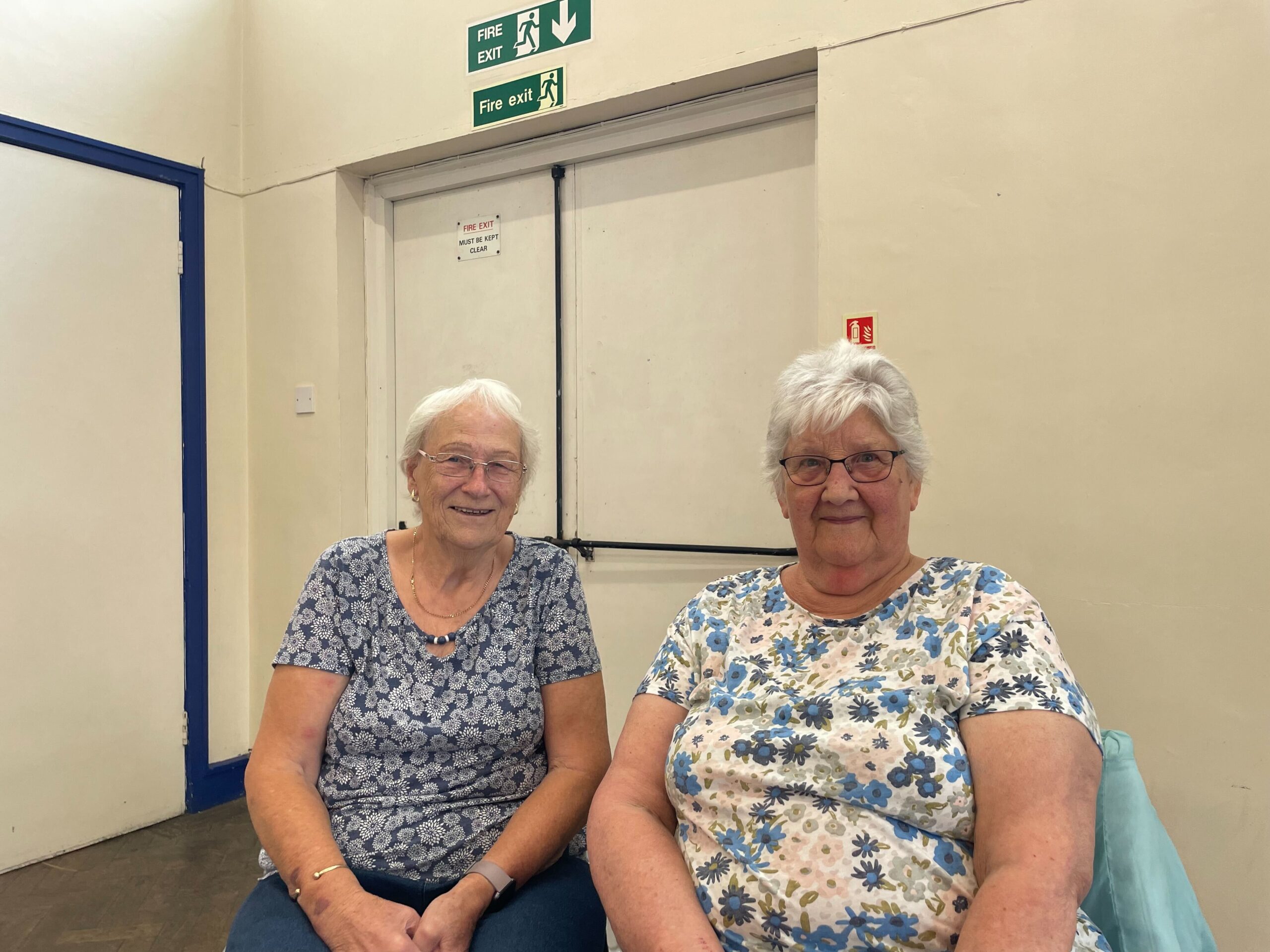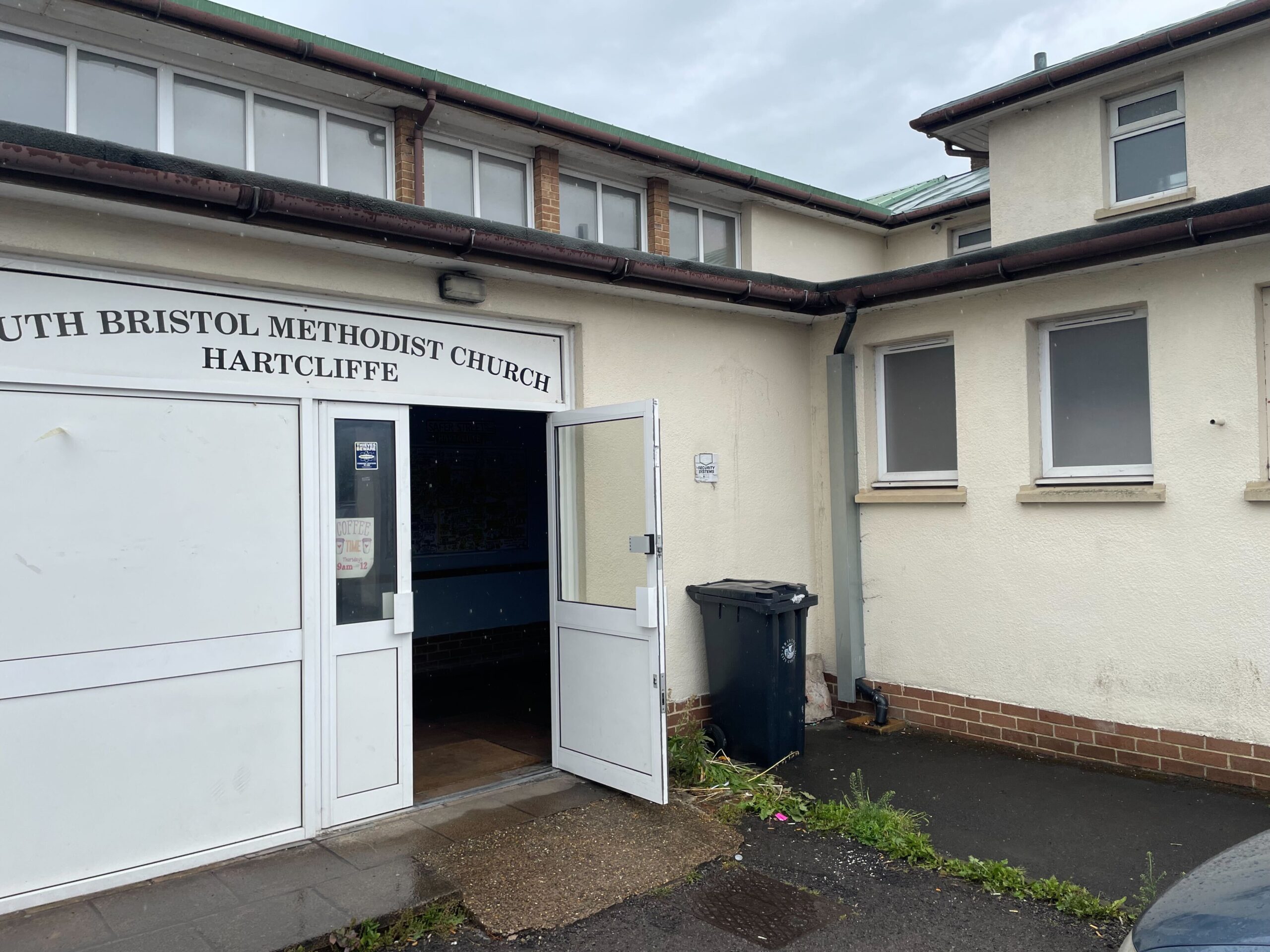A rumpled security guard walks out of the sliding entrance doors of a Morrisons supermarket in southern Bristol. The worker looks up at the cloudy sky, then leans back against the railings and lights a rolled-up cigarette.
“Have you seen the news?” a shopper eagerly asks. “No,” signals the guard with a shake of the head. “We’re going to be getting twenty million quid,” declares the customer, smiling from ear to ear.
Hartcliffe is more than 120 miles from Westminster, but news that the post-war housing estate is one of 25 “trailblazer neighbourhoods” announced in Chancellor Rachel Reeves’ spending review is already on everyone’s lips.
The details of the plan are vague.
Four paragraphs in the published policy paper state that each neighbourhood will get up to £20m funding for community-led regeneration, as well as a “direct link” to Whitehall for investment.

The term “trailblazer” suggests a new idea. Although, the Tories’ post-Brexit Levelling Up Fund promised – and arguably failed – something similar.
And as Labour wrestles against a surge in support for Nigel Farage’s Reform UK in working-class areas amid unpopular reforms to the welfare system, critics could argue there are wider goals for Sir Keir Starmer here.
But any political pessimism fails to dampen the spirits in Hartcliffe on a soggy Thursday morning, less than 24 hours after the announcement.
“I was like ‘wow’ you don’t very often see things like that for people like us,” says mother-of-two Kirsty Green, who recently took over the management of Hartcliffe Community Centre, a short five-minute walk from the Morrisons supermarket.
The shabby-looking centre was built through a community fundraiser not long after the estate opened in the 1950s – and it’s now showing its age.

“Like everything here, we don’t get nothing so we have to find a way ourselves,” says Ms Green, who runs the venue with her sister-in-law Leanne Heyward. “This is the first time I think I’ve seen we’ve got money like this – it’s amazing because we are always left behind.
“Because we’ve never had a nice reputation, the money seems to always to go elsewhere.”
The cash promised by Labour is something the centre would like to get a slice of, says Ms Green, who points toward three plastic buckets collecting water dripping through holes in the roof in one of the three rooms inside.
“There’s so much potential here for the community, but as you can see, we need the money,” says Ms Green, who has plans for a children’s holiday club and a cinema.
Across the main road and down a street lined with discoloured concrete homes is the South Bristol Methodist Church.

In the main hall, a weekly morning Coffee Time is taking place. Three women and a man sit around a set-up table, drinking from glass cups and sharing a packet of digestive biscuits. It’s usually busier, but the rain has kept people at home.
“We’ve just been talking about the news,” says Charlotte Gardiner, an 85-year-old pensioner, when asked about the funding announcement. “It’s about time we’re getting something – we’ve been neglected and forgotten from the moment the last brick was laid on this estate.”
Mrs Gardiner was aged 10 when she arrived here with her parents.
The new estate was initially sold by planners as a “Garden City” primed to get a cinema, swimming pool and five youth clubs – but the blueprint was scaled back through changes in governance. Even the homes were said to have been built to a lesser standard than first designed.
Of the five promised, three youth clubs opened, with just one remaining today. A swimming pool and cinema were never built.

Donna Webster, 77, a retired community transport driver, says a lack of investment has led to problems faced on the estate today.
Hartcliffe, and neighbouring Withywood, are in the top 10 per cent of most deprived areas in the country, with 39 per cent of children living in poverty.
Crime levels are high, with 73 per cent of people recently telling a city council survey that antisocial behaviour was a problem.
Ms Webster says: “The money is good news, but I worry it’ll quickly be spent on something that won’t make any difference.”
Former city councillor Paul Smith wrote in his book Hartcliffe Betrayed that, once built, the area, located some five miles from Bristol city centre, became “Bristol’s largest cul-de-sac… on the edge, out of sight and often out of mind”.
His book explores the dangers of rapid house-building projects – lessons that can be learned today as Labour forges ahead with its ambitious target for 1.5m new homes within five years.

A former long-time resident of Hartcliffe, Mr Smith warns £20m “won’t touch the sides” in Hartcliffe, but hopes it will provide a platform for future investment in facilities and improved housing.
“I’m pleased Hartcliffe has got the money,” he says. “The area really desperately needs it, and it needs to make sure it is very wisely spent. I’m aware that £20m can disappear really quickly, and so it’s really important it’s used to make lasting change and it involves people in the area who deserve this.”
Back at Morrisons, Labour councillor Kerry Bailes sits finishing a coffee in the half-empty cafe. She, like everyone else, first found out about the announcement through Ms Reeves’ spending review.
“It’s fantastic news,” she says. “As someone who has lived here all my life, I know, as a community, we feel left behind and used to having things forced on to us with no control. This is about giving control to the community on how they want the money to be spent.”

Outside the store again, as rain continues to lash down, a CCTV van parks up at the entrance, a response to shoplifting and years of antisocial behaviour.
Nearby, the shut-down council rent office stands like an ugly fortress, while shutters are down on an empty unit along a short row of shops featuring a betting shop, bakery and tanning salon.
A lack of major investment is clear, but finally, residents have good news to talk about.
Time will only tell if government promises can match Hartcliffe’s undoubted strong community spirit and resilience.
